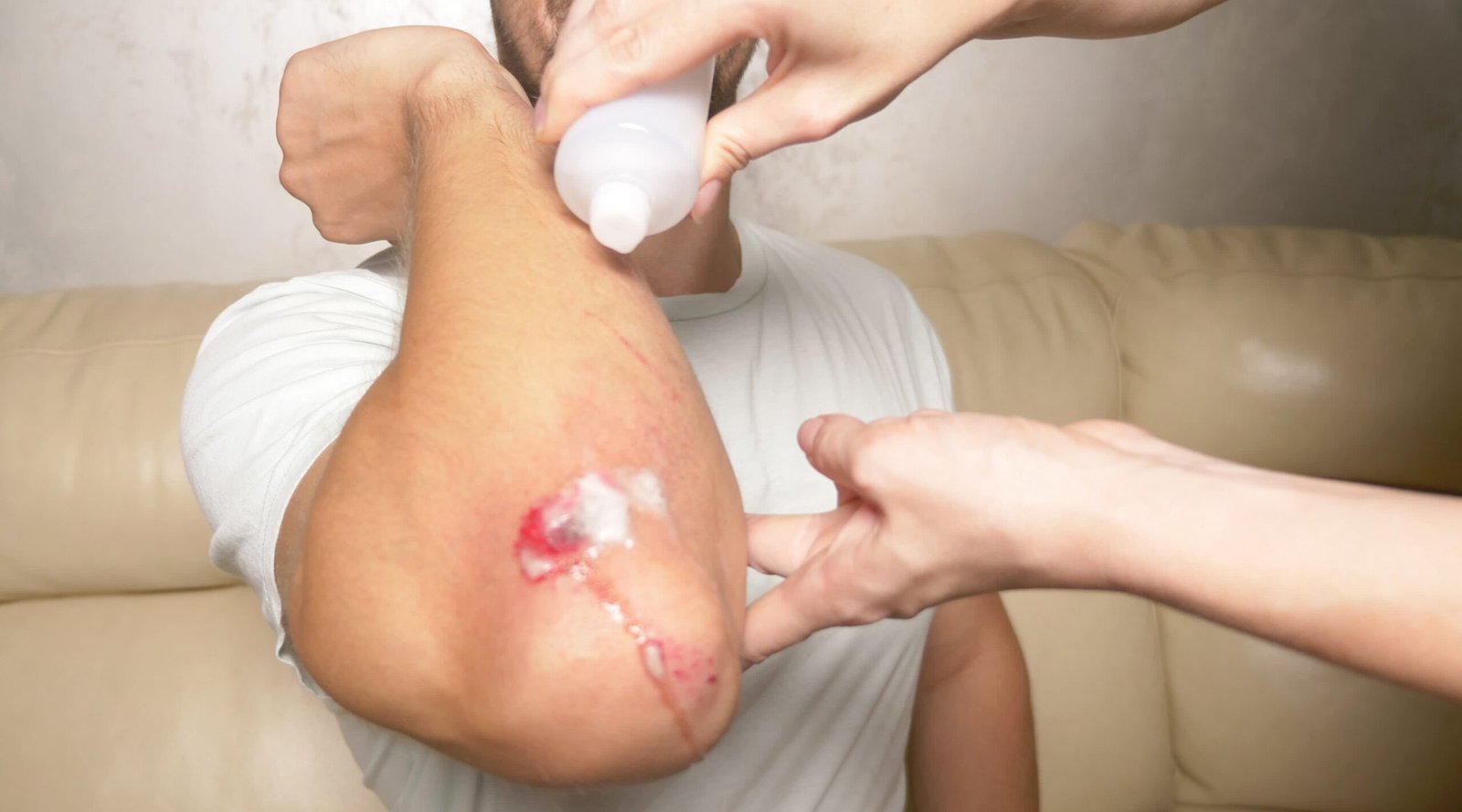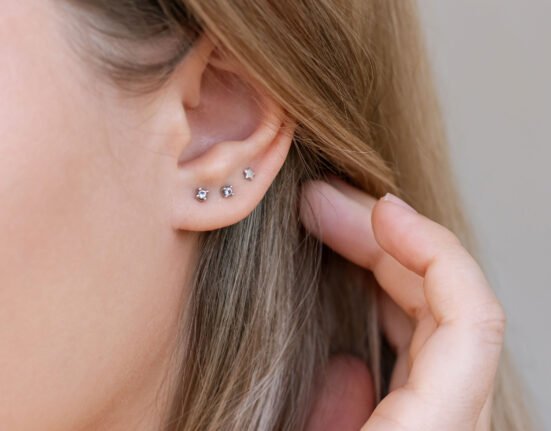Minor scrapes or abrasions usually heal within 1–2 weeks. But if the wound is a bit larger, it’s normal for it to take longer.
Our body has an “automatic system” for self-repair. As soon as an injury happens, the body gets to work: stopping bleeding, fighting bacteria, and building new tissue.
Gradually, new skin cells form, and the wound closes.
But sometimes, wounds don’t heal even when you feel perfectly healthy. Why is that? Often, it comes down to small habits or factors that unknowingly slow down the healing process.
Let’s take a look at some common mistakes!
1. Not Cleaning the Wound Properly
This is the most common mistake. A dirty wound can become a breeding ground for bacteria, dirt, or debris, which delays healing and can even lead to infection.
Solution: Clean the wound with running water or use a gentle antiseptic, like wund+™ Wound Spray. It’s ready to use, sting-free, and doesn’t need rinsing. Just spray it on, and the wound is clean.
2. Frequently Peeking Under the Bandage
It’s natural to feel curious about how your wound looks, but opening the bandage too often disrupts healing.
Wounds heal faster when kept moist and covered. If the bandage is removed too soon, bacteria can enter, and new tissue has trouble forming.
Solution: Change the dressing as scheduled, usually every 12–24 hours, or when it’s wet/dirty. If the bandage sticks to the wound, spray it with wund+™ Wound Spray first to make removal painless.
3. Overusing Creams or Antibiotics
Antibiotic creams are useful, but using too much can cause irritation or even allergic reactions.
Solution: Apply just the right amount as directed. After cleaning the wound with wund+™ Wound Spray, you can use a wound gel containing NaOCl/HOCl. It helps create the ideal healing environment without irritating the skin.
4. Underestimating Small Wounds
“It’s just a scratch.” Well, not always. Even small wounds can become serious if they get infected. They may turn into chronic wounds, cellulitis, or even sepsis if ignored.
Solution: See a healthcare professional if the wound swells, produces pus, or if you develop a fever.
5. Scratching the Wound
Feeling itchy and scratching the wound can be harmful. It may reopen the wound, setting healing back to square one.
Solution: Keep the wound covered and reduce friction. If the itching is too much, apply wund+™ Wound Regeneration Cream. Its MicroSilver content helps soothe the skin and reduce itching.
6. Uncontrolled Chronic Conditions
If you have diabetes, circulation problems, or a weakened immune system, wounds naturally take longer to heal.
Solution: Manage the underlying condition. For example, people with diabetes should keep their blood sugar levels under control.
Wounds that don’t heal aren’t just about the wound itself—they’re also about how you care for them and your overall health.
The key is to keep wounds clean, covered, and properly treated. Don’t wait for a small wound to turn into a big problem.
Always keep wund+™ GWS Wellness products at home to make wound care quicker, easier, and safer.
Take care of wounds the right way so they heal completely, without lasting scars!
References
Cleveland Clinic. Accessed in 2025. Why You Shouldn’t Ignore a Wound That Won’t Heal.
Health Direct. Accessed in 2025. Chronic wounds
West Coast. Accessed in 2025. How You’re Making Your Wounds Worse and How Wound Healing Works.














Leave feedback about this